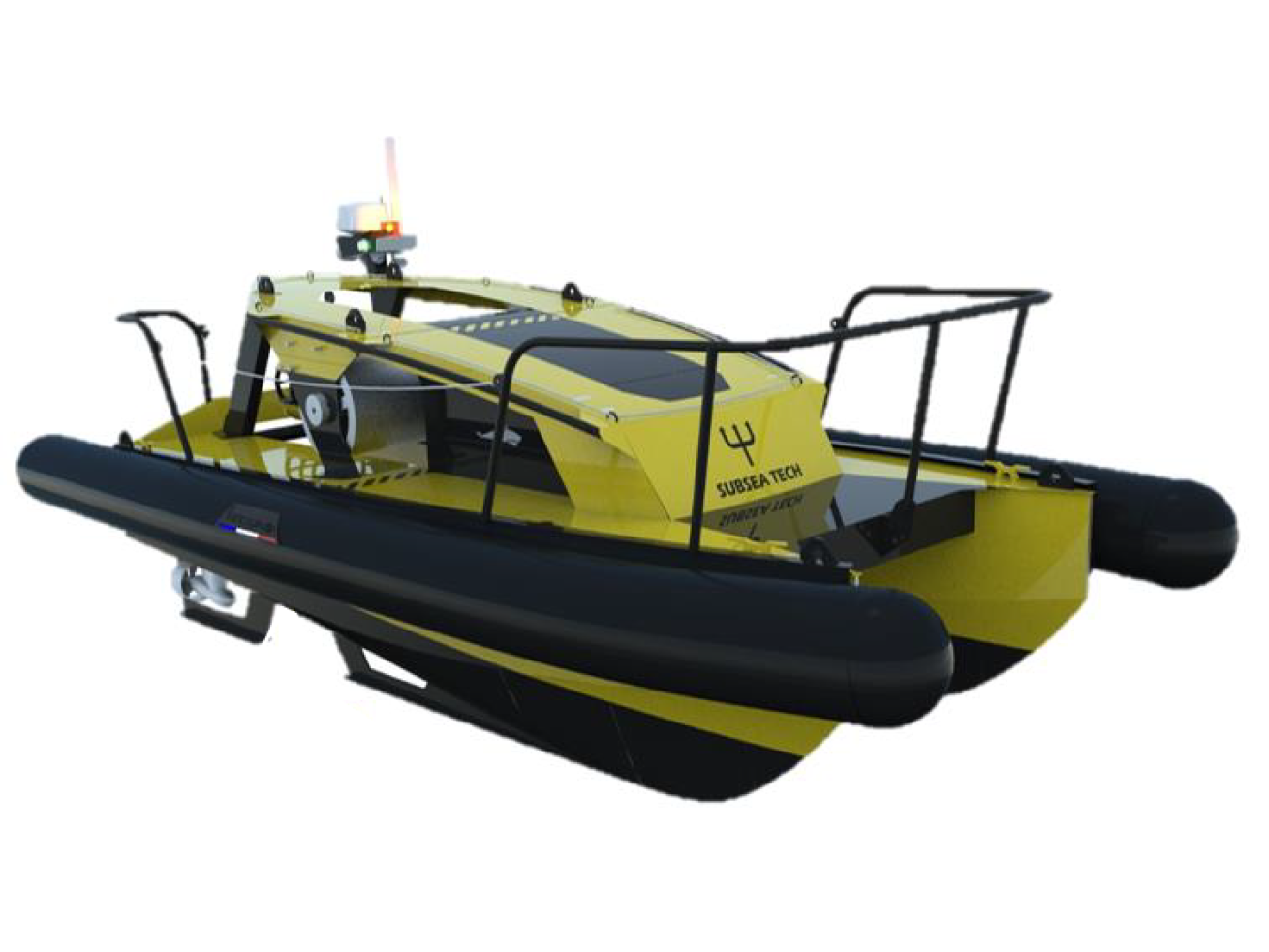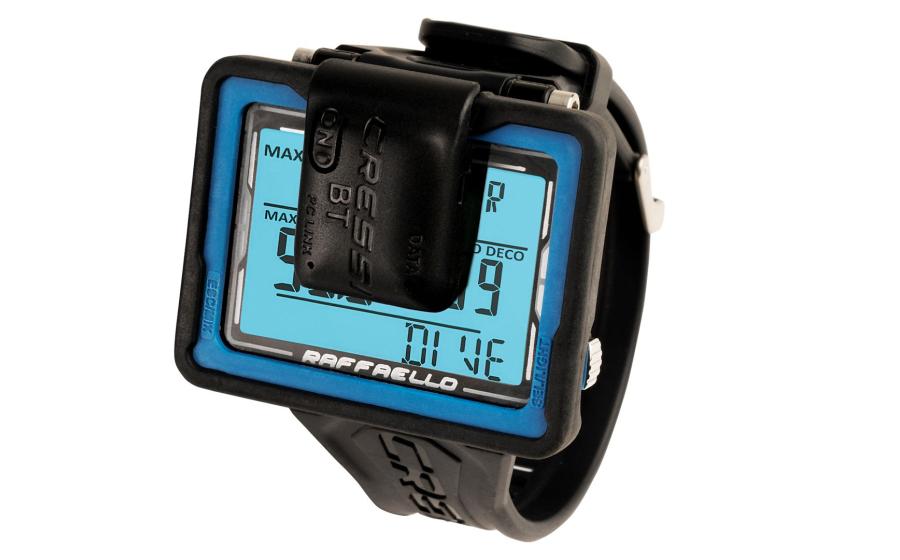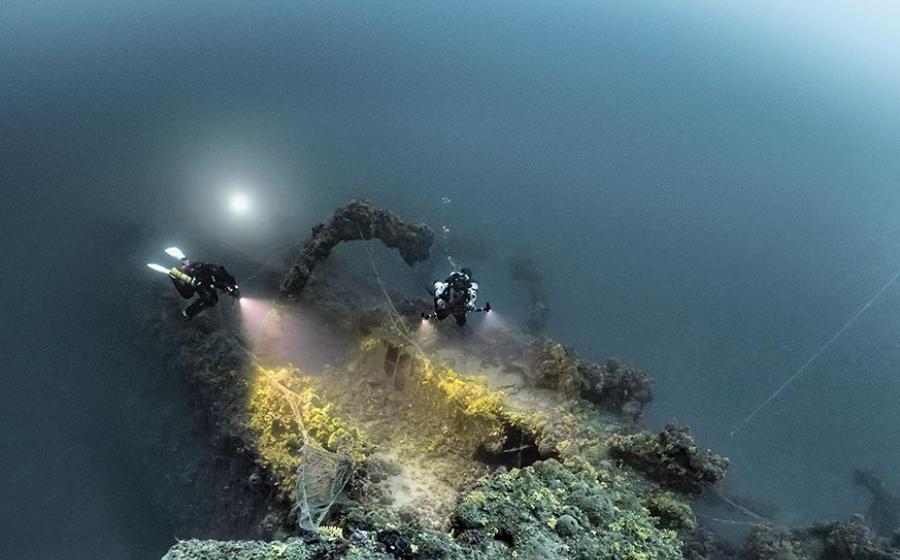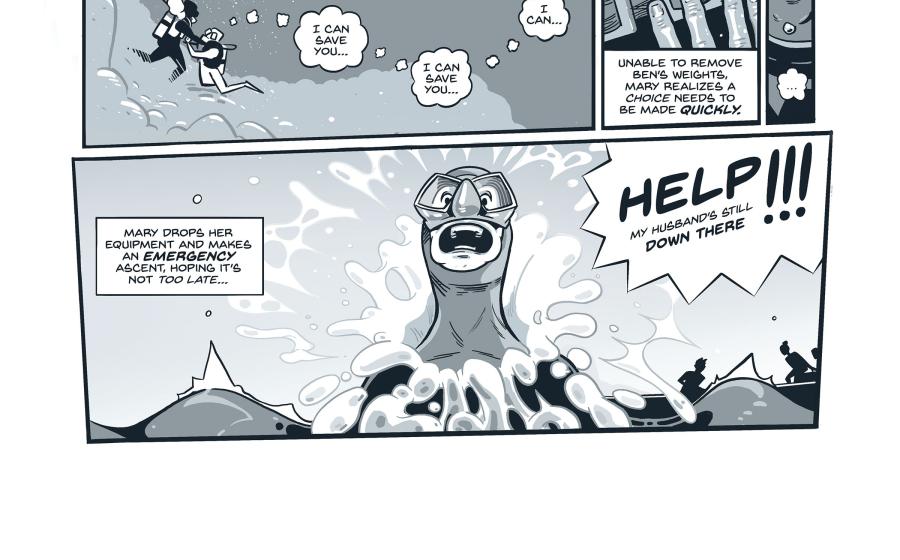Could Autonomous Robots Combat Marine Debris?

Stefan Sosnowski (TUM/SeaClear)An illustration of the SeaClear system.
As plastic and other debris collect on the seafloor, scientists are racing to innovate new cleanup technologies.
SeaClear, a European team, thinks autonomous robots will do the trick.
“So far, [ocean litter] collection efforts have focused mostly on surface waste, with only a few local efforts to gather underwater waste, always using human divers,” explains the project website. “No solution exists that exploits autonomous robots for underwater litter collection; the SeaClear project will develop the first.”
The team plans to use a battery of advanced technologies to sweep the seafloor. A video system from the aerial drone communicates with two underwater remotely operated vehicles (ROVs), which collect sensor data, while an unmanned surface vessel acts as a mothership. The drone and one of the ROVs identify debris, with artificial intelligence-based algorithms and deep learning helping the technology differentiate between debris and marine life.
The other ROV will use a custom gripping and suction device to pick up the trash and take it to a central bin for disposal. Umbilical cables from the mothership to the ROVs will control the vehicles and process data.

Subsea Tech / SeaClearUSV Seacat
The devices will use systems such as conventional cameras, multi-spectral cameras and imaging sonars to obtain information about their environments. After several training sessions, the machines will start learning how to automatically detect and classify marine debris.
“Detection and classification require intensive training,” Cosmin Delea, a SeaClear project manager, tells Science Business. “The first steps for both are to use information from publicly available sources, such as large online databases that provide footage of marine life. Then we conduct further training with dummy targets. Before the final demonstrations takes place, preliminary trials are held to assess their performance.”
The project is funded by the European Union. Researchers from the Delft University of Technology are spearheading the effort in partnership with a number of other European organizations.
The system will be demonstrated in the Port of in Hamburg, Germany, and in the recreational area off of Dubrovnik, Croatia.

Subsea Tech / SeaClearSeaClear Underwater ROV
“We’re concentrating on cleaning up the seabed first, especially in coastal areas where pollution is particularly heavy,” says Johannes Oeffner, another SeaClear project manager, in a press release.
Hamburg is Germany’s largest seaport and a highly industrial area with low visibility, while Dubrovnik is a cleaner, clearer and calmer tourist destination. Testing in these areas will give researchers a sense how the system operates in varying conditions.
“Currently, there are no clear statistics on the type and amount of underwater waste in [Hamburg],” Delea said in the press release. “This is where we want to further develop the robustness and individual features of the SeaClear system and get it market-ready.”






